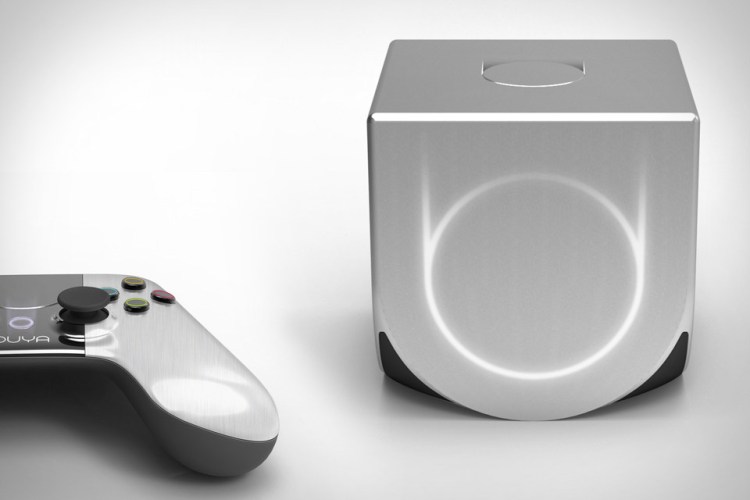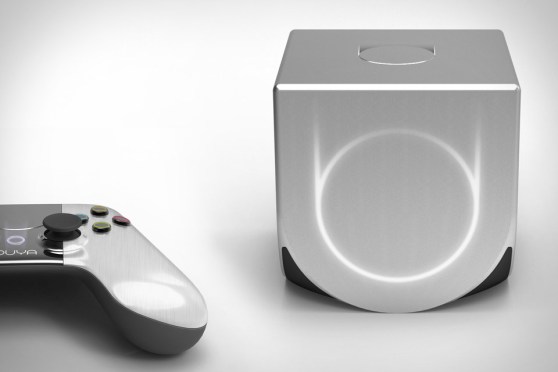This post has not been edited by the GamesBeat staff. Opinions by GamesBeat community writers do not necessarily reflect those of the staff.
As a lifelong player of console games, I’ve cringed watching the industry change this year. Old guard mainstays like THQ are getting hacked apart and sold to the highest bidder while the majority of the industry keeps releasing uninspired sequels. When you consider we’ve been killing the same aliens in Halo for the last 12 years, you begin to feel a bit like Sisyphus — pushing the same boulder up a hill without ever really progressing toward anything.
This year was supposed to be the year Sony and Microsoft knocked our pants off with earth-shaking console reveals, and so far, the PlayStation 4 just feels like my grandma trying to pitch me on a Zune. “You kids like sharing things, right? We made a whole button for that!”
Then we have the new kid in school. The Fonz to console’s Richie Cunningham: mobile gaming. The market, which is estimated to generate over $9 billion globally in 2013, has come of age. As mobile devices become more technologically advanced, major names like Disney and Electronic Arts have begun to take them seriously while still leaving room for indie success stories like Imangi Studios and its hit series, Temple Run. The writing’s on the wall that our generation will probably see consoles finally pass the torch to mobile.
But how will these two segments interact with each other during the change? How will the transition happen? What’s to become of the developers? What about all that beautiful intellectual property? Here are three things to be aware of as mobile gaming continues to grow.
Mobile should take the IP and run
As we learned from Netflix with House of Cards, great exclusive content can boost consumer interest in a platform. One sad side effect of console developers shutting down is a lot of great games will get lost in the shuffle.
Sure, a lot of the recognizable games will be bought and carry on with a different developer, but not all of them. Nobody, for instance, has picked up the Darksiders franchise since THQ’s collapse. That series, despite its faults, has a lot of potential and room for at least two more sequels.
Larger mobile developers have an opportunity to buy the rights to these games and relaunch them as mobile titles. This would be a great idea for new consoles trying to gain a market share, like Ouya (pictured at top) and Nvidia’s Project Shield. The gameplay lends itself to that type of console, and it comes with a built-in fanbase. Additionally, it gives mobile a chance to offer a home to all the forgotten and neglected console gaming franchises out there.
Console developers can make better use of free-to-play
Ask any gamer on Xbox Live what the most divisive issue in gaming this year is and, after telling you how they slept with your mother, they’ll probably say in-game purchases.
Spearheaded by EA, console developers have seen just how much money there is to be made from free-to-play mobile games and have begun adopting the business model. Now you can buy better guns in Dead Space 3, and Borderlands 2 is constantly rolling out more downloadable content. Whether or not this enhances the game experience, it doesn’t have the same feel as free-to-play on mobile — mainly because it’s not free. When a gamer has already spent $60 on a title, it’s hard not to look greedy when you start asking them to pay for DLC that might keep the game fresh and interesting. It leaves the same bad taste in gamers’ mouths as having to see ads in the Xbox Marketplace even though they’re already paying a monthly subscription fee.
If console developers want to take the freemium model seriously, they need to lower the barrier of entry to their games. Put the price tag closer to $10 and implement pervasive monetization opportunities beyond that. This extends the game’s shelf life. Good freemium models will also help developers earn more revenue off their user base instead of having one big purchase point, which will eventually be lost to a used games market that they have no stake in.
Technology like Ouya might bridge the gap
One of the stand-out stories at South by Southwest (SXSW) this year was Ouya founder Julie Uhrman’s keynote interview, in which she discussed her Android-powered console’s place in the gaming market. It’s easy to imagine Ouya as the chosen child destined to bring balance to the Force. It’s got the body of a console but the brains of Android. It will target players in their living room while delivering mobile-type experiences with free-to-play games.
If Ouya’s low price enables it to gain mass market appeal, it could very well bridge the gap between console and mobile. It also seems like it could attract the right developers to make quality freemium games in the living room.
The big picture is this: History has shown that great games don’t necessarily need specific platforms to exist. Facebook and Apple were both accidental gaming platforms that were responsible for two of biggest trends in gaming this decade: mobile and social. When the chips fall, the developers will go where the gamers are. This is why Microsoft is trying to make the Xbox a home entertainment console as opposed to a gaming console. As smartphones continue to penetrate the market globally, most people will soon be walking around with great games right in their pockets. While smart TVs and PCs will keep traditional gaming alive, mobile is poised to be the apex of the market.



